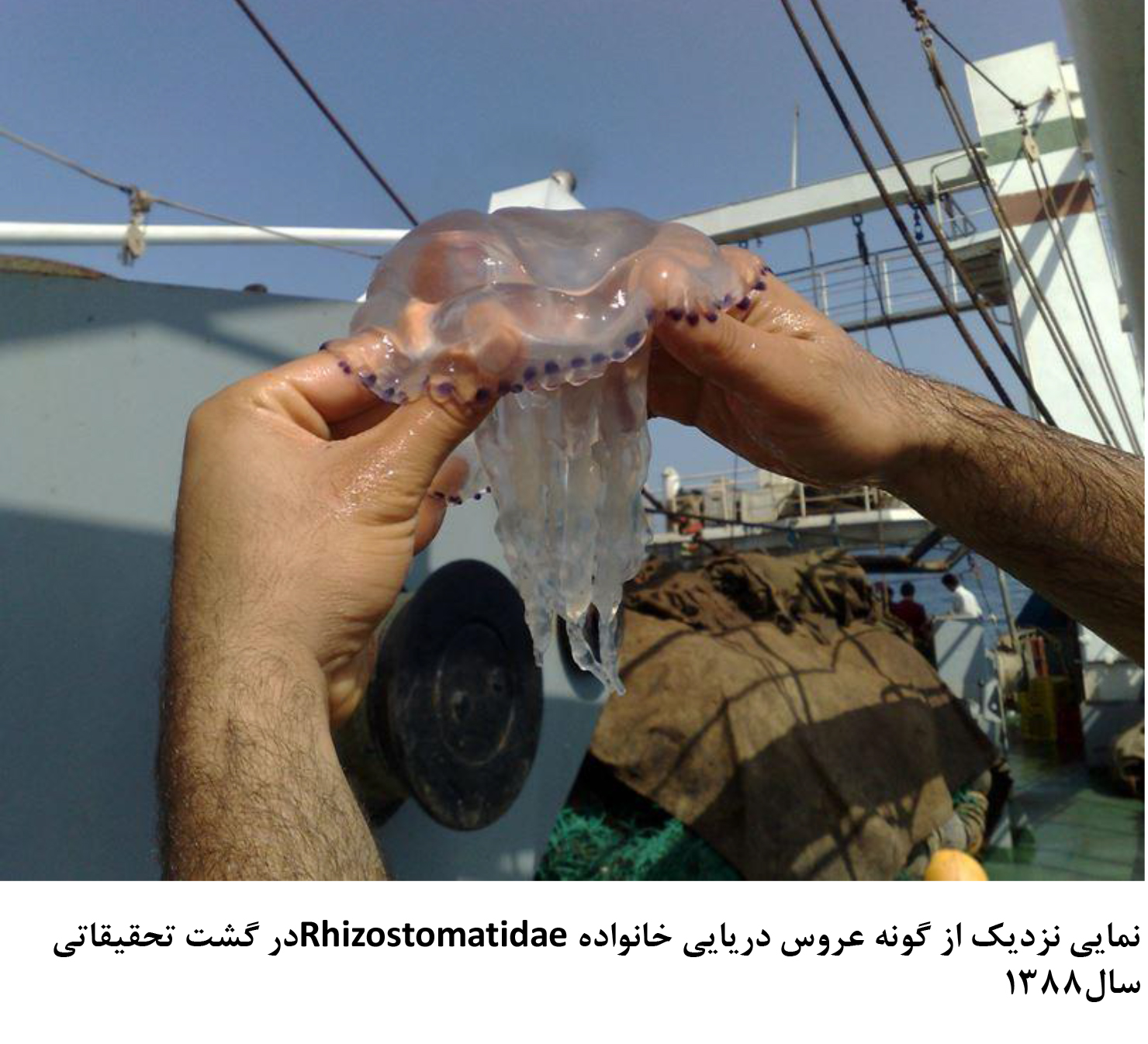
The planktonic medusae release larvae that grow to become bottom-living, plant-shaped polyps. Jellyfish have an unusual reproductive that produces different life forms between stages. Most aren’t harmful humans beyond providing an uncomfortable sting, but a few species can be deadly.

They are, however, predators that catch plankton and larval fish with stinging cells on their tentacles. They also have only primitive organs and nervous systems, and no hard body parts. The smallest medusae are barely visible the largest are more than one meter across. This shape is called a medusa, because it reminded people of Medusa from Greek mythology.

Soft-bodied, fragile, and often transparent, jellyfish often look like umbrellas or bells with tentacles around the edge or hanging from the center. Hundreds of jellyfish species live in every part of the ocean and belong to the same animal group as corals and sea anemones. Jellyfish are a type of zooplankton that both drift in the ocean and have some swimming ability. As a result, many other parts of the food chain also follow this daily migration pattern. Many species, though weak swimmers, migrate hundreds of meters deep during the day to avoid predators and return toward the surface to feed on phytoplankton and microzooplankton at night. One characteristic of many zooplankton is a pattern of movement called diurnal vertical migration. Some planktonic snails, called pteropods, and also planktonic tunicates (a sub-group of chordates that includes salps and related forms) filter or catch single, floating cells and other particles in the water using mucus-lined structures. These, especially copepods, which range in size from nearly microscopic to about a half-inch, and the shrimp-like krill, are he most abundant multi-celled animals in the sea and are critical food supplies for fish and baleen whales.Įven large zooplankton, some more than a foot long, consume microbes. This next level includes small crustaceans that eat phytoplankton and microzooplankton. In turn, microzooplankton become food for larger animals. The smallest zooplankton are single-celled protozoans, also called microzooplankton, which eat the smallest phytoplankton cells in the ocean.
JELLYFISSH PLANKTON NEKTON OR BENTHOS PLUS
Included in this group are jellyfish and comb-jellies (see below), plus some worms, mollusks, and chordates. Another major category is the gelatinous zooplankton or jellies, unrelated groups that all have soft, transparent bodies and spend much of their life drifting in the water column. A major category of zooplankton is crustaceans, both the larval form of larger animals such as crabs and shellfish, and smaller, floating crustaceans that are an abundant and critical food source for larger animals.

Most zooplankton spend their entire lives drifting, but the larvae of many fish and bottom-living animals, before they develop adult forms, are also part of this group. Zooplankton live virtually everywhere in the ocean, but the largest number are in the upper ocean, where there is enough sunlight to support phytoplankton, the first link in the food chain and food for many zooplankton. These include a wide range of animals, from primitive protozoans to the larvae of more complex animals and range in size from microscopic organisms to some of the longest animals in the sea. They are generally either very small animals (and therefore weak swimmers) or large but soft-bodied (and also, therefore, weak swimmers) that are of swimming long distances or against currents like fish, squid, or marine mammals. Zooplankton are animals that live all or part of their life as plankton (from the Greek word for “drifting”) suspended and drifting in fresh or salt water rarely, if ever, coming in contact with hard surfaces. Other Expeditions Highlighting WHOI Research.



 0 kommentar(er)
0 kommentar(er)
